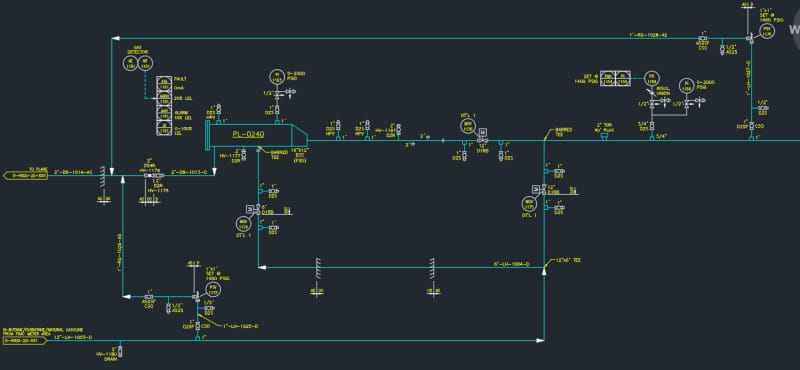All,
I have a question regarding pig trap kicker lines. I'm getting ready to design my first pig launcher/receiver, and I'm trying to review my practices and standards before I get started. As I understand it, for pig launchers, the kicker line should be placed as close as possible to the end closure. For pig receivers, the kicker line should be placed as close as possible to the reducer.
My question is, if the pig launcher/receiver is to be bi-directional, where is the optimal placement for the kicker line? My first thought would be closer to the end closure to be sure that the kicker line can assist in launching the pig from either direction, but I've seen some articles that state the kicker line should be placed in the middle of the barrel.
Thoughts?
Thanks for the help.
"Thinking is the hardest work there is, which is probably the reason why so few engage in it."
-Henry Ford
I have a question regarding pig trap kicker lines. I'm getting ready to design my first pig launcher/receiver, and I'm trying to review my practices and standards before I get started. As I understand it, for pig launchers, the kicker line should be placed as close as possible to the end closure. For pig receivers, the kicker line should be placed as close as possible to the reducer.
My question is, if the pig launcher/receiver is to be bi-directional, where is the optimal placement for the kicker line? My first thought would be closer to the end closure to be sure that the kicker line can assist in launching the pig from either direction, but I've seen some articles that state the kicker line should be placed in the middle of the barrel.
Thoughts?
Thanks for the help.
"Thinking is the hardest work there is, which is probably the reason why so few engage in it."
-Henry Ford

![[flame] [flame] [flame]](/data/assets/smilies/flame.gif)

